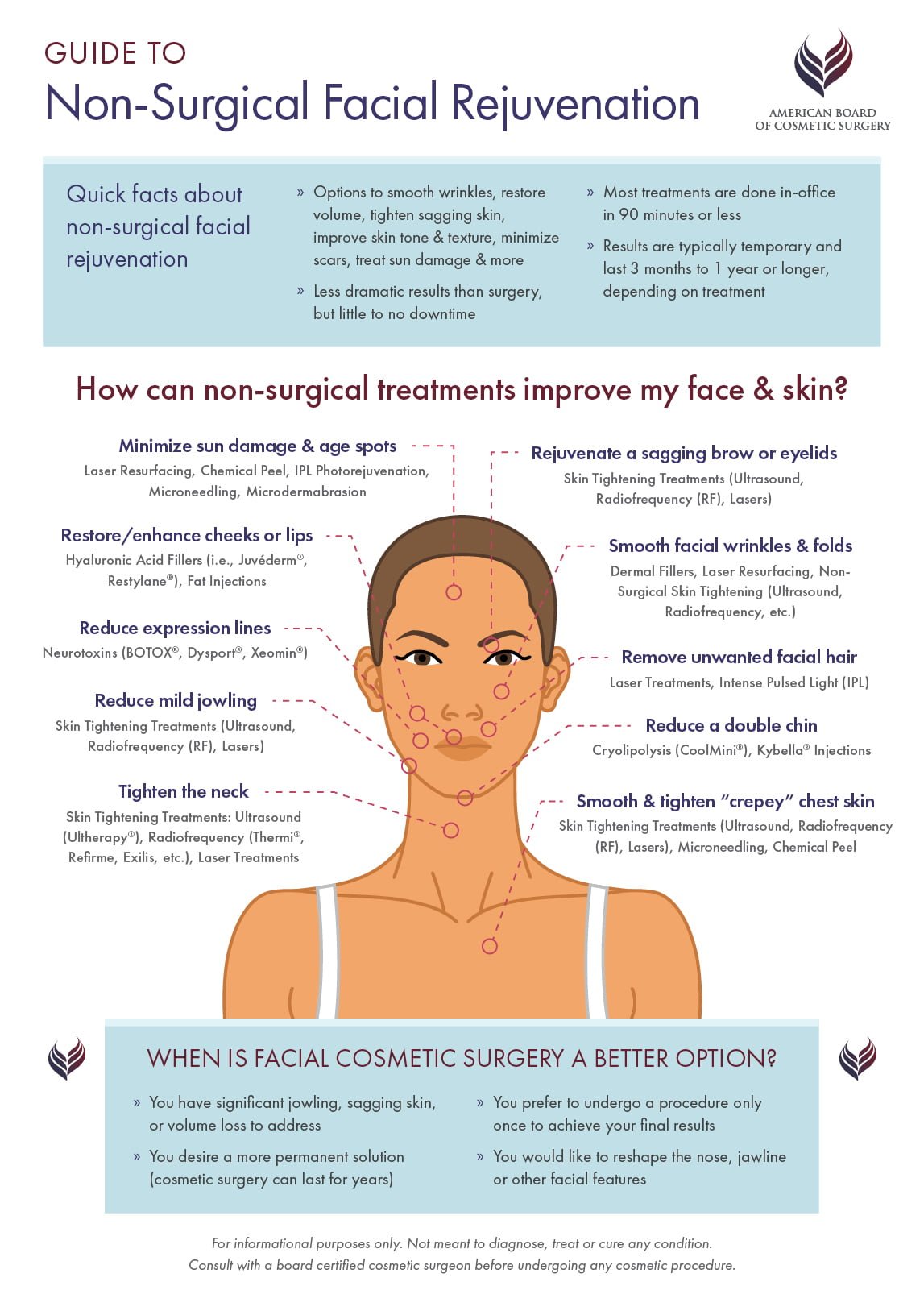Skincare Ingredients For Acne
Skincare Ingredients For Acne
Blog Article
How Does Photodynamic Therapy (PDT) Work?
Photodynamic treatment (PDT) integrates a light-sensitive medication with special light to eliminate cancerous and precancerous cells. Your doctor places the drug on your skin or inside your eye and after that shines a light on the therapy area.
This combination kills malignant cells and saves healthy and balanced tissue. Yale Medicine pulmonologist George Eapen, M.D., explains how this functions.
The Photosensitizer
Photodynamic treatment (PDT) uses a mix of light and a medication called a photosensitizer to eliminate cancerous or precancerous cells and spare healthy and balanced cells. You get an injection of the photosensitizer, which is then activated by light in your body. The photosensitizer is soaked up by both healthy and balanced and malignant cells but isn't toxic till it is turned on by the light.
Light-absorbing molecules, known as photosensitizers, are found in plants and pets, consisting of people. There are many photosensitizers, yet the majority of are able to absorb a specific series of light wavelengths.
When the photosensitizer is subjected to a light with a matching spooky variety, it's converted from its ground state right into an ecstatic singlet state. This enables it to transfer power to molecular oxygen, producing singlet oxygen and free radicals that moderate mobile toxicity.
The Light
Throughout therapy, a special light is beamed on the location where the photosensitizer was applied. This light turns on the medication and destroys cancer cells or precancerous cells that it has actually targeted.
The medications that are used in photodynamic treatment have different absorption homes and some of them might take hours to leave typical cells but continue to be longer in cancer cells or precancer cells. This procedure allows the medical professional to target cancer cells a lot more precisely than various other kinds of treatments that make use of visible light, such as lasers or electrocautery [54]
Photodynamic treatment can treat the earliest spots of sunlight damage called actinic keratosis and can reduce skin cancer advancement in people at high threat for establishing the problem. It is likewise an option for some people with wet kind age-related macular deterioration, which is a typical cause of loss of main microdermabrasion vision in older adults. It can not recover the loss of vision caused by this condition, but it can reduce the progression of uncommon capillary growth that triggers wet AMD.
The Activation
Photodynamic treatment (PDT) uses a medicine and light to treat cancer cells and other skin problem. It targets precancerous cells and kills them. Unlike various other cancer therapies that burn and ruin, this treatment eliminates precancerous cells while saving healthy cells.
The photosensitizer is delivered right into the skin through topical, dental or intravenous administration. It is taken in by the tumor cells and triggered when revealed to light of a particular wavelength. This triggers a sequence of photochemical responses that generates responsive oxygen species (ROS) that damages tumor tissue and eliminate cancer cells.
PDT is most often utilized to treat actinic keratoses and in situ squamous cell cancer (Bowen illness). It can additionally be used to deal with various other kinds of skin cancer cells, including shallow basal cell cancer. It can be made use of alone or with other therapies, such as surgery or radiation. It can even reduce growths in the lungs, allowing surgical treatment or various other treatment to be risk-free and reliable.
The Treatment
PDT functions ideal in small irregular areas of tissue that a source of light can reach, such as the skin, eyes, mouth or food pipe (gullet) and lungs. It is also utilized to deal with precancerous growths, such as actinic keratoses, which are sun-damaged cells that can become cancer cells.
Doctors provide the photosensitizer as a lotion or shot, and then radiate a light on the therapy area. The light destroys the irregular cells. While healthy and balanced cells absorb the photosensitizer, it stays much longer in malignant cells.
After the procedure, your body naturally disposes of the dead cells. Clients with lung cancer cells might experience coughing up blood or have a bronchoscopy to remove the lungs of the dead cells. In many cases, your doctors may utilize a bronchoscopy to get rid of the photosensitizer from the lungs as well if it triggers severe signs and symptoms. It is essential to remain inside and make use of sunscreen when you go outside while the photosensitizer is in your system.